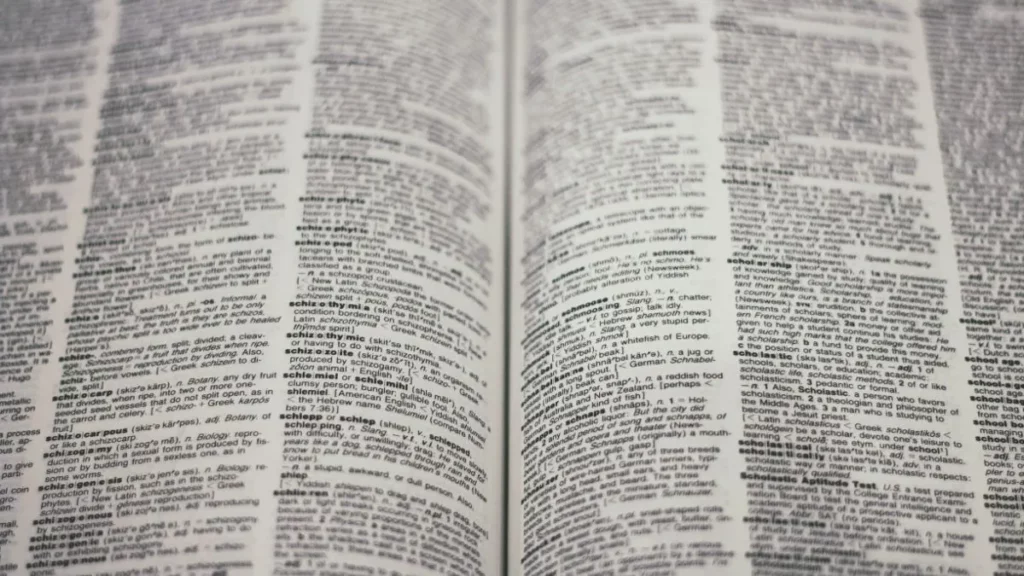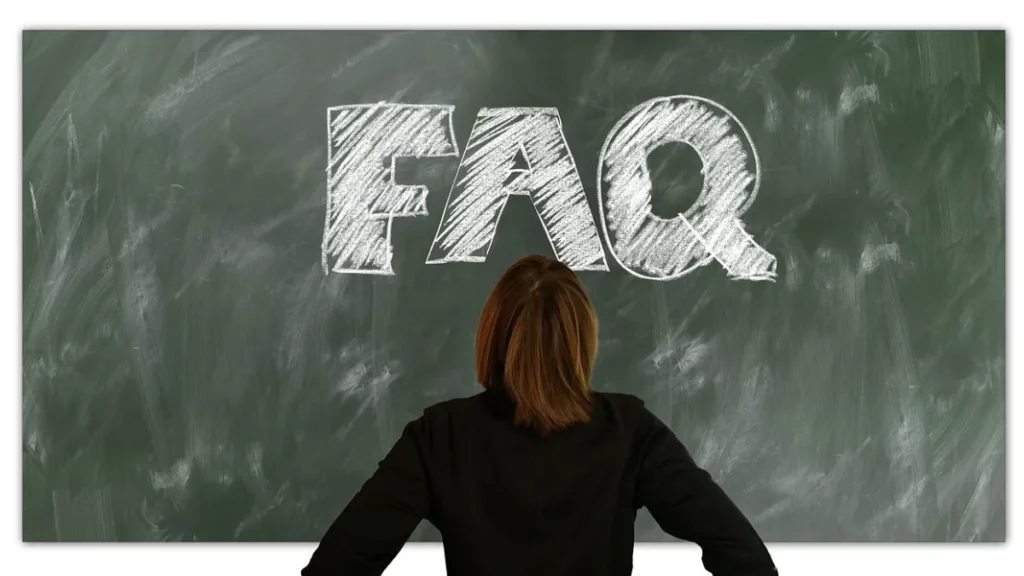
This site is reader-supported. We may earn a small commission if you make a purchase from one of our partners.
Dealing with a cease and desist letter can be tricky, but understanding it shouldn’t be. In simple terms, a cease and desist letter is a notice to stop an activity that may be illegal or infringing on someone’s rights. It’s not as scary as it sounds—it’s actually a common first step in resolving disputes.
This article breaks down what a cease and desist letter is and explains its purpose clearly. Whether you own a business or are an individual looking out for your rights, you’ll learn what actions to take if you ever receive one of these letters, or if you need to write one.
We’re here to guide you through the process, ensuring you feel informed and ready to handle it confidently.
Understanding the Basics of a Cease and Desist Letter

When conflict arises, the term “cease and desist letter” often comes into play, but what exactly does it entail? Let’s dive into the foundational aspects of this document.
Cease and Desist Letter Definition
A cease and desist letter is, at its core, a formal request (demand letter) to halt an alleged wrongful activity. It is the first line of defense used to resolve a dispute without resorting to litigation.
The purpose of the letter is to alert the recipient of their actions, which the sender believes to be illegal or infringing on their rights, and to demand that these actions stop immediately. Typically, it outlines the complaint, specifies the demanded action (i.e., to “cease and desist”), and warns of further legal action if the demands are not met.
Common Misconceptions About Cease and Desist Letters
There’s a fair share of confusion surrounding cease and desist letters. Firstly, they are not legally binding in the sense that they don’t carry the force of law like a court order.
However, they are a serious warning and can be used as evidence if the dispute escalates to court. Another misconception is that these letters are a public admission of guilt or wrongdoing, which is not the case. Receiving such a letter simply means someone claims you’ve done something wrong, not that you’ve been legally found to have done so.
The Difference Between a Cease and Desist and a Legal Suit
Understanding the distinction between a cease and desist letter and a legal lawsuit is crucial. A cease and desist letter does not signify that a legal action has been filed. It’s a preliminary step that individuals or entities can take before potentially engaging in a lawsuit. Think of it as a warning shot—a way to resolve the issue without involving the court.
On the other hand, a legal suit is a formal action taken in a court of law where a judge or jury can impose legally binding judgments and remedies. Thus, while a cease and desist letter can lead to a lawsuit if the situation isn’t remedied, it serves as an opportunity for the parties to resolve the matter privately, saving time and legal fees for both parties involved.
The Difference Between A Cease and Desist Letter and A Cease and Desist Order
It’s also vital to distinguish between a cease and desist letter and a cease and desist order. The former is a document drafted by an individual or their legal representative and does not necessarily involve the courts directly. It’s a formal but personal warning.
A cease and desist order, on the other hand, is issued by a judge or regulatory agency and is legally binding. This order comes into play after legal proceedings have determined that an action must stop. Failure to adhere to a cease and desist order can result in legal penalties, whereas the letter is more of an initial step to prompt resolution without court intervention.
The Purpose of a Cease and Desist Letter

Cease and desist letters serve as a versatile tool across various legal terrains. Their applications range from safeguarding intellectual property to stopping personal harassment. Let’s explore the breadth of their use.
Protecting Intellectual Property Rights
One of the most common uses of a cease and desist letter is to protect intellectual property (IP) rights. Whether it’s a case of patent infringement, copyright violation, or trademark disputes, these letters serve as the first step in asserting ownership and demanding the infringing party to stop their actions. It’s a preliminary measure that IP owners can use to enforce their rights before resorting to filing a lawsuit.
Blocking Debt Collectors
Individuals facing unwarranted or harassing behavior from debt collectors can use cease and desist letters to demand a stop to the contacts. In the US, state and federal law enforces fair debt collections practices through the Fair Debt Collection Practices Act.
A well worded letter can use these laws to help get you some relief. While it doesn’t erase the debt, it does provide a method for debtors to exercise their rights, forcing collectors to communicate only in specified ways.
Addressing Harassment and Privacy Violations
Cease and desist letters are also instrumental in personal legal matters, such as cases of harassment or privacy violations. They serve as a formal request for the offending party to immediately stop their actions, which may range from stalking to unwarranted sharing of private information. This can often provide a resolution without engaging in a lengthy legal process.
Stopping Defamation and Slander
When false statements are made publicly that could damage one’s reputation, cease and desist letters can be used to demand a retraction and warn against further defamatory actions.
It’s a first line of defense to handle slander (spoken defamation) or libel (written defamation) without jumping straight into a legal battle.
Enforcing Contracts and Avoiding Breaches
Cease and desist letters play a significant role in the realm of contract law, as well. They can be issued to warn an individual or a company against actions that may breach a contract’s terms. This not only serves as a formal warning but also as a reminder of the legal obligations and the consequences of not adhering to the agreed-upon terms, helping to prevent potential contract disputes from escalating.
Components of a Cease and Desist Letter

When drafting or deciphering a cease and desist letter, understanding its anatomy can turn a convoluted legal document into a clear set of instructions and warnings. Here’s a breakdown of the key elements every cease and desist letter should contain:
Identifying the Parties Involved
The cease and desist letter must clearly outline who is involved in the matter. It starts with the sender – the individual or entity claiming infringement of rights or wrongdoing – including their legal name and contact information.
Conversely, the recipient of the letter, or the alleged wrongdoer, must also be identified with equal clarity. This ensures that there is no ambiguity about who is being asked to cease the disputed action and who is requesting this cessation.
Specifying the Infringement or Grievance
Arguably the heart of the letter, this section details the specific action or behavior that is in dispute. It should concisely describe what the recipient is doing that the sender believes is illegal or infringing upon their rights.
Whether it’s a case of intellectual property theft, defamation, or another grievance, this part of the letter must leave no room for interpretation, detailing the sender’s claim supported by relevant facts and evidence if available.
Demanding Specific Action
After the issue has been clearly stated, the letter must convey what the sender wants the recipient to do – or stop doing. This demand for specific action is a crucial component.
It’s not enough to simply state the problem; the letter must also articulate a clear remedy, often including a timeframe for compliance. The desired actions can range from the cessation of the use of copyrighted material to the retraction of defamatory statements.
Legal Consequences for Non-Compliance
The final punch of a cease and desist letter lies in its warning of potential consequences should the recipient ignore the demands. This section does not necessarily threaten legal action, but it indicates the sender’s readiness to pursue legal action if the situation is not resolved. It serves as a serious reminder that disregarding the letter can lead to more severe actions, such as lawsuits. By outlining the potential consequences, the sender emphasizes the seriousness of the matter and their intent to protect their rights fully.
By meticulously crafting each of these components, a cease and desist letter serves as a powerful notice to address and resolve disputes before they escalate into more significant legal battles.
Frequently Asked Questions About Cease and Desist Letters

When it comes to cease and desist letters, questions abound. It’s crucial to understand not just their purpose, but also how they operate in the legal ecosystem. Below, we tackle some of the most common queries that individuals and businesses have about these documents.
Can I Write My Own Cease and Desist Letter?
Yes, you can write your own cease and desist letter. While it’s not a formal legal document that requires a lawyer to draft, it’s important to ensure that the letter clearly articulates your complaint and what actions you expect the recipient to take. It should also cite any relevant laws or rights that you believe are being violated.
If you want to go down this path, consider using a tool like Law Depot. Their Cease and Desist generator makes it easy to get the letter you need at a reasonable price.
How Long Does a Cease and Desist Letter Last?
A cease and desist letter doesn’t expire per se, but it often includes a time frame by which the recipient is expected to comply with the request. If the issue escalates to a lawsuit, the letter could be part of the legal proceedings. However, the actual duration of its effectiveness can depend on the situation and any subsequent actions taken by either party.
Are Cease and Desist Letters Public Record?
Typically, cease and desist letters are not public record because they’re considered private correspondence between the parties involved. They only become part of the public record if the case goes to court and the letter is included in the court documents.
Can I Send a Cease and Desist Without a Lawyer?
You can send a cease and desist letter without assistance from a lawyer or law firm. The letter acts as a formal request for someone to stop an alleged illegal activity. However, consulting a lawyer can increase the letter’s credibility and ensures that you are protected legally. Lawyers can also advise on the potential consequences and next steps if the letter is ignored, which can save time and resources in the long run.
Wrapping Up
In conclusion, cease and desist letters are a vital tool in the world of dispute resolution, serving as a formal yet personal means of requesting the cessation of actions that one deems infringing or harmful.
Crafting such a letter doesn’t necessarily require legal counsel. It’s important to remember that while a cease and desist letter can be penned by anyone who feels wronged, its effectiveness often hinges on the clarity of the message and the legitimacy of the claim, making a thoughtful and informed approach essential.
With that in mind, we strongly recommend using a tool like Law Depot if you need a cease and desist letter. They make it quick and easy to generate a letter that can help you get results.

Wes Talisman is a freelance journalist who helps answer common legal questions for everyday people. He’s never won a Pulitzer Prize, but he does write a stellar Cease and Desist letter.